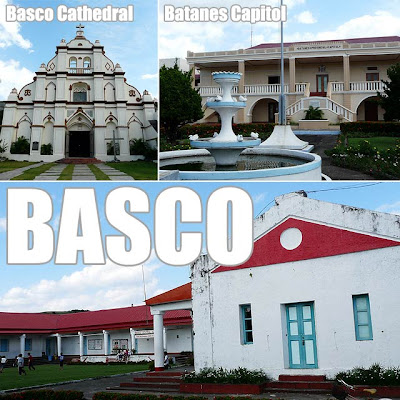 Another heritage school could soon become a victim of misplaced priorities if nothing is done to stop the rampage. The City Government of Laoag and the Diocese of Laoag have both agreed to demolish the Laoag Central Elementary School (LCES), a Gabaldon school building built in the 1924, to give way to a shopping mall! In fact, there are two Gabaldon buildings in LCES, the other being the Home Economics Building.
Another heritage school could soon become a victim of misplaced priorities if nothing is done to stop the rampage. The City Government of Laoag and the Diocese of Laoag have both agreed to demolish the Laoag Central Elementary School (LCES), a Gabaldon school building built in the 1924, to give way to a shopping mall! In fact, there are two Gabaldon buildings in LCES, the other being the Home Economics Building.The bishop is so excited about relocating the school to a different location because of the income the mall lease would generate for his diocese. And so is the mayor for reasons only he knows. But the parents and teachers of the LCES, and a majority of the Laoag business community expressed strong opposition to the move in published manifestos printed in The Ilocos Times in November and December respectively.
 In their manifesto, the parents and teachers of LCES said, "The Laoag Central Elementary School (LCES), for its more than eighty (80) years of existence, has become a historical landmark of the City of Laoag as a "Bastion of Education."
In their manifesto, the parents and teachers of LCES said, "The Laoag Central Elementary School (LCES), for its more than eighty (80) years of existence, has become a historical landmark of the City of Laoag as a "Bastion of Education."They said further, "Education should never be sacrificed for commercialization, no matter the perceived increase in income that the Roman Catholic Church and the City of Laoag will realize from the conversion."
The business community, in its manifesto, gave fifteen points, among them the negative economic effects on small business establishments and stalls in the Laoag City public market, the displacement of pupils considering they live within striking distance of the school, the worsening of traffic in the central business district, and the destruction of the historical fabric of Laoag since the mall will obscure vital historical, cultural and religious landmarks, particularly the bell tower which is right beside the property. They also said that if the mall was constructed in the outskirts of Laoag, it will be a catalyst for development there and will lead to an expansion of business opportunities.
 It's time to put a stop to this foolishness and greed! No to the demolition of a heritage school house! No to a shopping mall in Laoag's already-congested historic core! Save the Laoag Central Elementary School!
It's time to put a stop to this foolishness and greed! No to the demolition of a heritage school house! No to a shopping mall in Laoag's already-congested historic core! Save the Laoag Central Elementary School!Update: The Philippine Daily Inquirer came out with two articles: Death of a Laoag heritage school and Laoag exec defends school transfer
In the second article, the statements of Raul D. Umengan just show us how shallow and uninformed a good number of our government officials are. True heritage advocates know that our country's heritage extends beyond the list of the National Historical Institute (NHI). He should read the definition of heritage before he makes these flimsy statements again. Heritage need not be declared by the NHI for it to be considered heritage. Many LGUs know this and have a lot of heritage sites not in the NHI list but which they value and safeguard. It is sad that Umengan and company do not know what heritage is! And to think I looked up to you as a teacher in grade school. Didn't you teach Araling Panlipunan?
Related entry
Statement of the Heritage Conservation Society on the Laoag Central Elementary School























